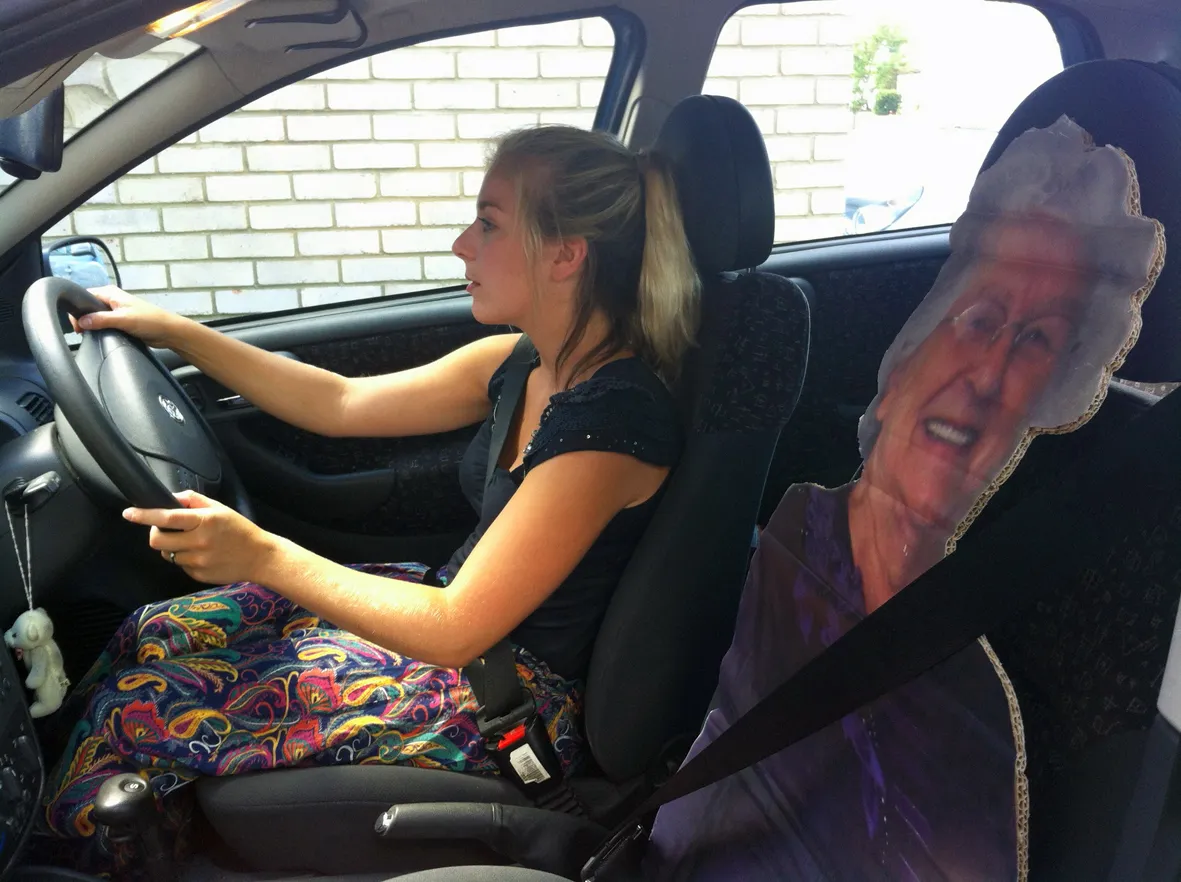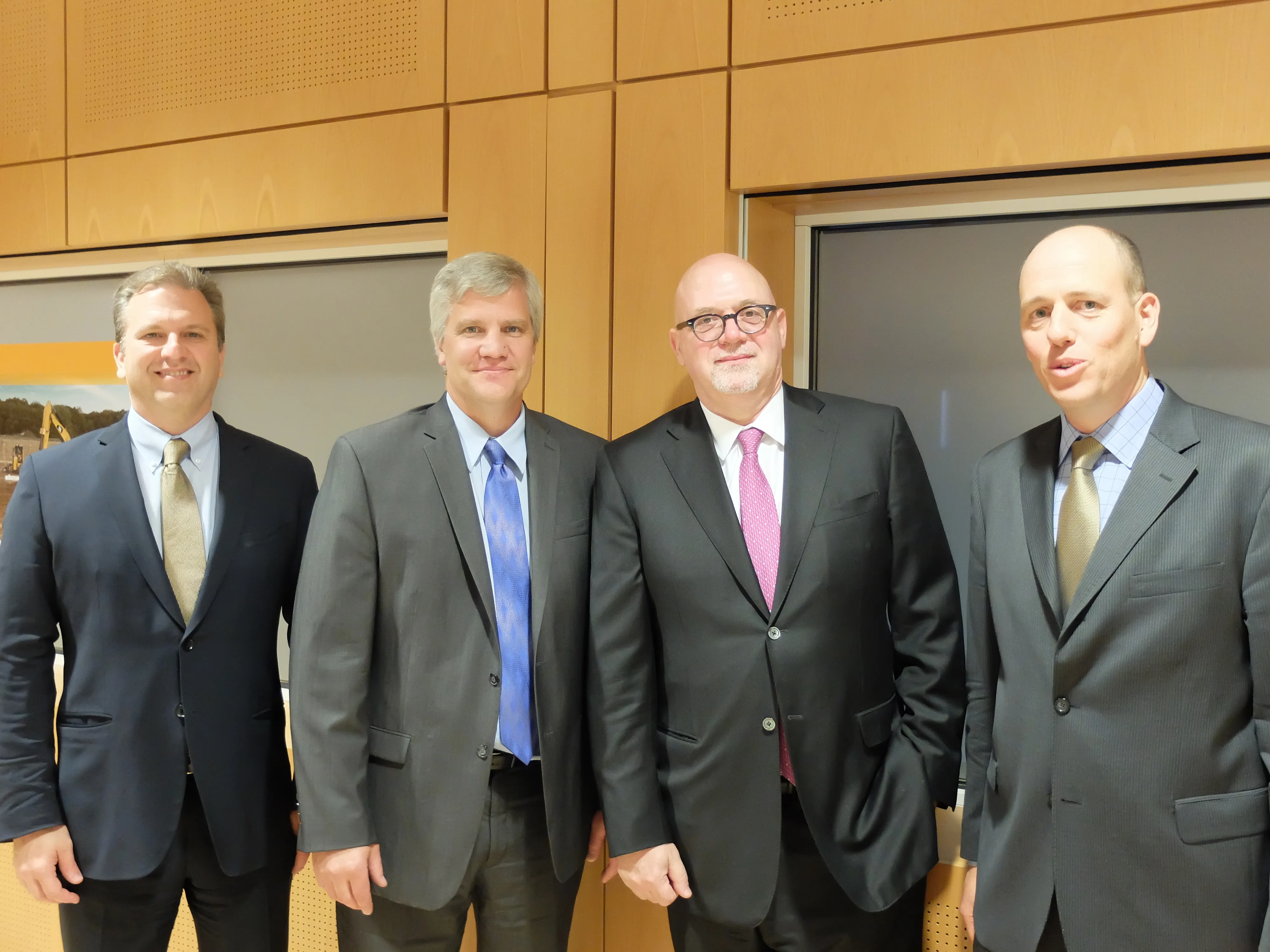A British student hopes his new hologram road signs which ‘pulse’ at drivers will lead to a revolution in the way motorists are given information on the roads. Nottingham Trent University (NTU) undergraduate Charles Gale has already obtained a patent for his design and is set to meet with transport officials to discuss how it could be used across the UK.
June 5, 2013
Read time: 3 mins
A British student hopes his new hologram road signs which ‘pulse’ at drivers will lead to a revolution in the way motorists are given information on the roads.
Nottingham Trent University (NTU) undergraduate Charles Gale has already obtained a patent for his design and is set to meet with transport officials to discuss how it could be used across the UK.
Utilising lenticular hologram technology, the innovative signs display an animated reflective image which appears to pulse in day or night as road users approach and pass them.
Gale’s design is said to be in response to calls for an overhaul of the UK's road signage network, which has been criticised as being cluttered and confusing by a number of people, such as UK parliamentary under-secretary of state for transport Norman Baker MP.
A student of product design at NTU’s School of Architecture, Design and the Built Environment, 22-year-old Gale is displaying a working prototype at the university’s Art and Design Degree Shows 2013 between 31 May and 8 June.
“A lot of politicians have been debating the need for improvements to the UK’s traffic signs this year, and that’s what’s really inspired the project,” said Gale.
“Road signs have barely changed for years and are fading into the background. Studies have shown that satnavs and roadside advertising may be a distraction to motorists.
“Using lenticulars could help road signs really grab people’s attention. They catch your eye and you’re instinctively drawn to the information.
“From our research, it appears no-one else has ever considered using this technology in road signs before. A lot of research is LED-based, but the issue with that is delivering power to rural areas.
“That’s what’s great about my design – it doesn’t require any electricity whatsoever. The signs are made only of plastic and ink.
“They can also be retrofitted onto existing signs, so they’re really cost effective to fit and require no upheaval.”
Gale has now founded his own company, Keyframe Signage, with the help of NTU’s centre for entrepreneurship and enterprise, The Hive.
Once his patent has been fully approved, he is looking to license the design to existing manufacturers rather than make the products himself.
Gale is also exploring the potential to apply the technology to other signs, such as those for fire escapes.
“It’s been an amazing project to work on,” he said. “I’m really excited because it’s a real opportunity for me to be my own boss and do things my way.”
James Dale, principal lecturer in product design in the School of Architecture, Design and the Built Environment, said, “Charlie’s idea is potentially a real stroke of genius. When he first spoke about it I think a lot of people wished they‘d thought of it first.”
Dale said he hoped Gale’s idea could help improve the way in which drivers are given important information on the roads.
Nottingham Trent University (NTU) undergraduate Charles Gale has already obtained a patent for his design and is set to meet with transport officials to discuss how it could be used across the UK.
Utilising lenticular hologram technology, the innovative signs display an animated reflective image which appears to pulse in day or night as road users approach and pass them.
Gale’s design is said to be in response to calls for an overhaul of the UK's road signage network, which has been criticised as being cluttered and confusing by a number of people, such as UK parliamentary under-secretary of state for transport Norman Baker MP.
A student of product design at NTU’s School of Architecture, Design and the Built Environment, 22-year-old Gale is displaying a working prototype at the university’s Art and Design Degree Shows 2013 between 31 May and 8 June.
“A lot of politicians have been debating the need for improvements to the UK’s traffic signs this year, and that’s what’s really inspired the project,” said Gale.
“Road signs have barely changed for years and are fading into the background. Studies have shown that satnavs and roadside advertising may be a distraction to motorists.
“Using lenticulars could help road signs really grab people’s attention. They catch your eye and you’re instinctively drawn to the information.
“From our research, it appears no-one else has ever considered using this technology in road signs before. A lot of research is LED-based, but the issue with that is delivering power to rural areas.
“That’s what’s great about my design – it doesn’t require any electricity whatsoever. The signs are made only of plastic and ink.
“They can also be retrofitted onto existing signs, so they’re really cost effective to fit and require no upheaval.”
Gale has now founded his own company, Keyframe Signage, with the help of NTU’s centre for entrepreneurship and enterprise, The Hive.
Once his patent has been fully approved, he is looking to license the design to existing manufacturers rather than make the products himself.
Gale is also exploring the potential to apply the technology to other signs, such as those for fire escapes.
“It’s been an amazing project to work on,” he said. “I’m really excited because it’s a real opportunity for me to be my own boss and do things my way.”
James Dale, principal lecturer in product design in the School of Architecture, Design and the Built Environment, said, “Charlie’s idea is potentially a real stroke of genius. When he first spoke about it I think a lot of people wished they‘d thought of it first.”
Dale said he hoped Gale’s idea could help improve the way in which drivers are given important information on the roads.







